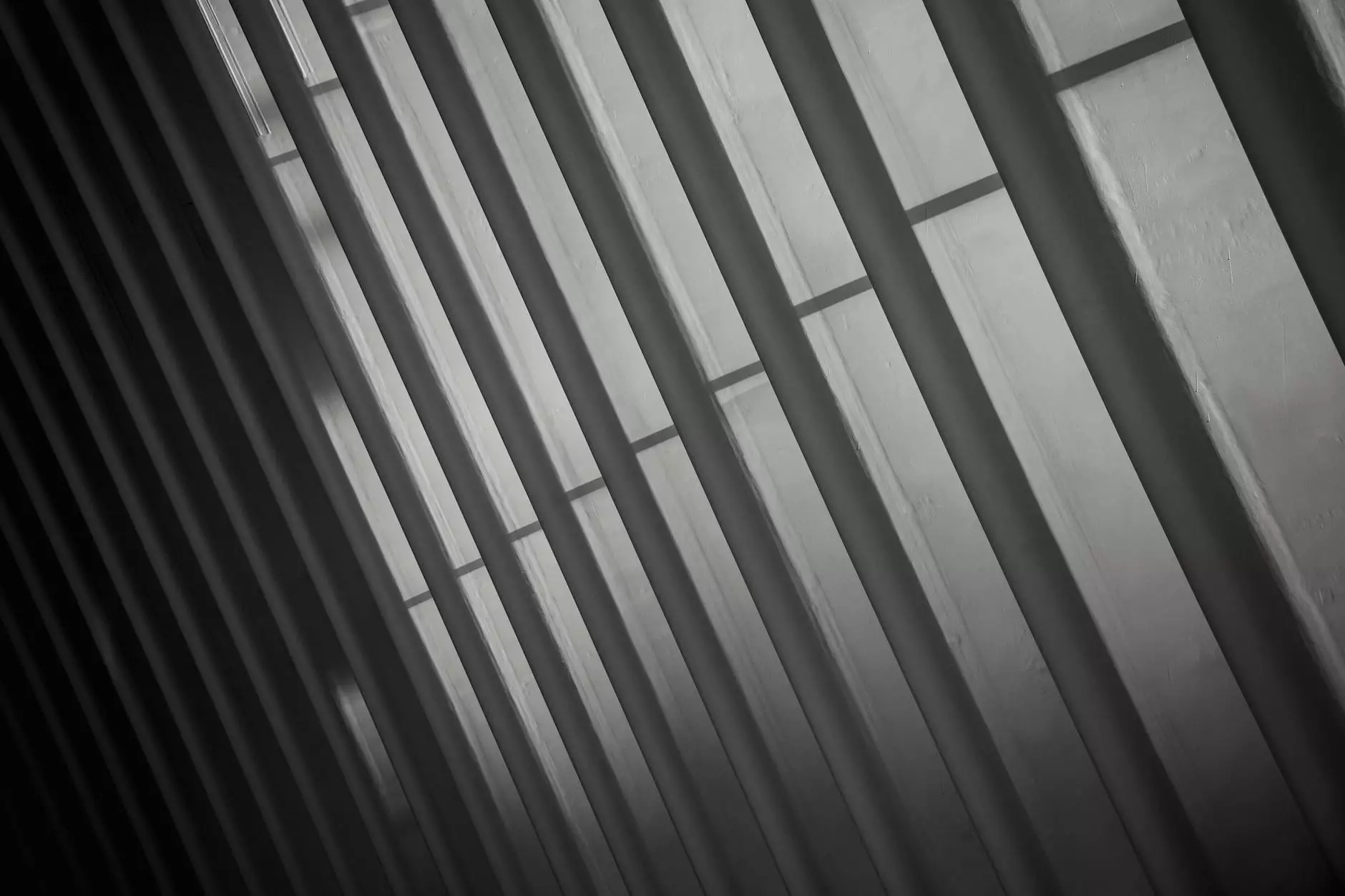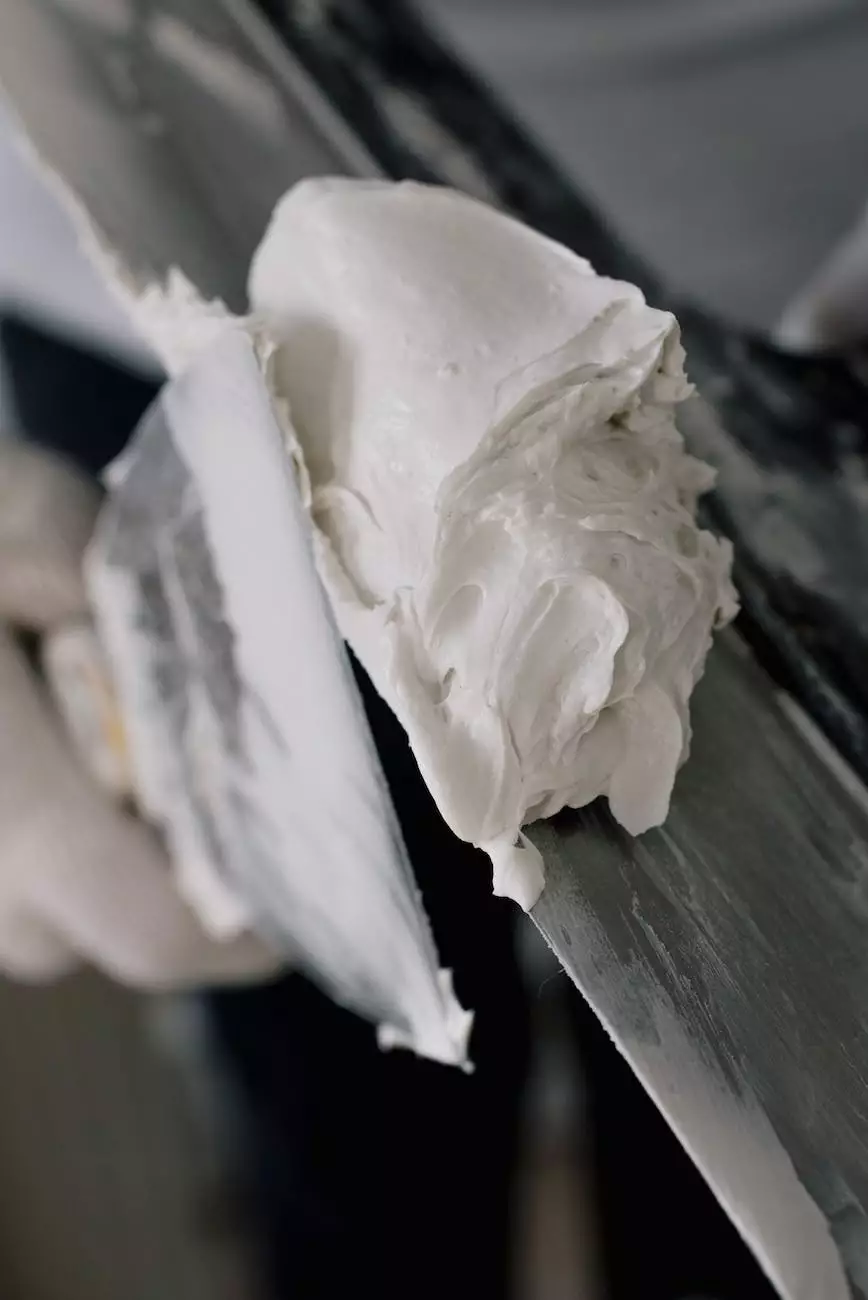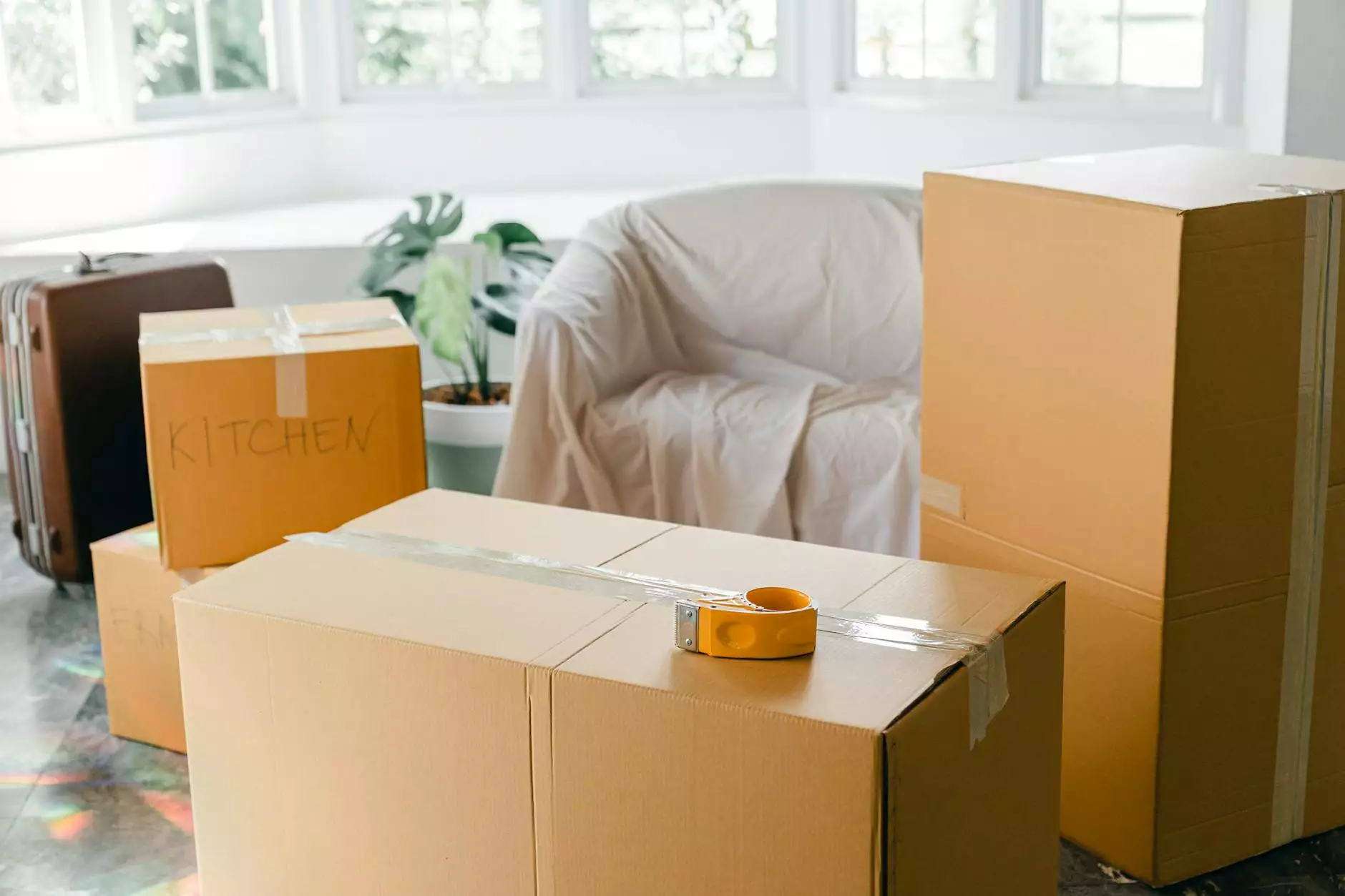How to Inspect Your Roof Following a Major Storm
Roofing
As homeowners, we understand the importance of maintaining the structural integrity of our homes, especially after a major storm. One of the most vulnerable areas of our homes is the roof, which protects us from the elements. In this comprehensive guide, we will provide you with step-by-step instructions on how to inspect your roof following a major storm, ensuring your safety and peace of mind.
The Importance of Roof Inspections
Regular roof inspections are a crucial part of home maintenance, and they become even more critical after a severe storm. By inspecting your roof promptly, you can identify any damage caused by the storm and take appropriate actions to prevent further deterioration. Proper maintenance can extend the lifespan of your roof, saving you both time and money in the long run.
Step 1: Safety First
Before you begin inspecting your roof, it is essential to prioritize safety. Make sure you have a stable ladder and secure footing. It is advisable to have a partner present to assist you and to have safety equipment, such as a harness, if you are not comfortable with heights. Your safety should always come first.
Step 2: Exterior Roof Inspection
Start by examining the exterior of your roof. Look for any visible signs of damage, such as missing or broken shingles, cracked tiles, or dented metal sheets. Pay close attention to the areas around chimneys, vent pipes, and skylights, as these are common areas of vulnerability. Take note of any debris or tree branches that may have fallen onto the roof during the storm.
Key areas to check:
- Shingles or tiles
- Flashing around vents and chimneys
- Gutters and downspouts
- Skylights
- Roof vents
If you notice any visible damage during your inspection, it is advisable to contact a professional roofing contractor, like D R Kes Concrete, who specializes in concrete steps in MN area. They have the expertise to assess the extent of the damage and provide suitable repairs.
Step 3: Interior Roof Inspection
After completing the exterior inspection, it is time to check the interior of your roof. Begin by accessing your attic or crawl space and look for any signs of water leaks or moisture intrusion. Inspect the areas directly beneath the roof for stains, dampness, or mold growth. These are indications that your roof may be compromised.
During your interior inspection, pay attention to the following:
1. Water stains:
Water stains on the ceiling or walls are clear indicators of a leaking roof. Look for any discoloration, peeling paint, or bulging areas. Keep in mind that water can travel along the roof structure, so the source of the leak may not always be directly above the stain.
2. Mold or mildew:
Excessive moisture can lead to mold or mildew growth. If you notice any musty odors, dark spots, or fuzzy growth on your ceilings or walls, it may suggest a roofing issue.
3. Sagging or uneven roof deck:
If you observe any parts of your roof deck that appear to be sagging or uneven, it could be a sign of significant damage. Sagging areas indicate structural issues that require immediate attention.
4. Daylight or outside air:
While inspecting your attic or crawl space, check for any visible sunlight or outside air coming through cracks or holes in the roof. This could suggest compromised roofing materials or inadequate insulation.
Step 4: Documenting the Damage
During your roof inspection, it is crucial to document any damage you find. Take clear photographs of the affected areas, as this will be useful when filing an insurance claim or seeking professional assistance. Keep detailed notes of the date, time, and specific observations, as this information will help both you and professionals better understand the extent of the damage.
Step 5: Taking Action
Upon completing your roof inspection and documenting the damage, you have several options for taking action:
- DIY repairs: If you possess the necessary skills and feel confident in addressing minor roof damage, you can attempt to make the repairs yourself. However, it is crucial to prioritize your safety and seek professional assistance for any extensive damage.
- Hiring a professional: For more substantial or complex roof damage, it is recommended to hire a professional roofing contractor, such as D R Kes Concrete. They can accurately assess the extent of the damage, provide expert recommendations, and execute the necessary repairs with their expertise in concrete steps in MN area.
- Filing an insurance claim: If your roof has suffered significant storm damage, it may be covered by your homeowner's insurance policy. Contact your insurance provider and follow their procedures for filing a claim. Provide them with the documentation and evidence you gathered during your inspection.
- Regular maintenance: Regardless of whether you discover any damage during your inspection, it is important to prioritize regular roof maintenance. This includes routine cleaning, gutter clearing, and professional inspections. By staying proactive, you can prevent future issues and extend the lifespan of your roof.
Conclusion
Inspecting your roof following a major storm is a vital part of home maintenance. By following the step-by-step instructions outlined in this guide, you can identify and address any storm damage promptly. Remember, your safety should always be the top priority during any rooftop inspection. If in doubt, consult a professional roofing contractor, such as D R Kes Concrete, who can provide expert advice and quality concrete steps in MN area.
Take control of your home's maintenance and protect one of its most critical components – your roof!




